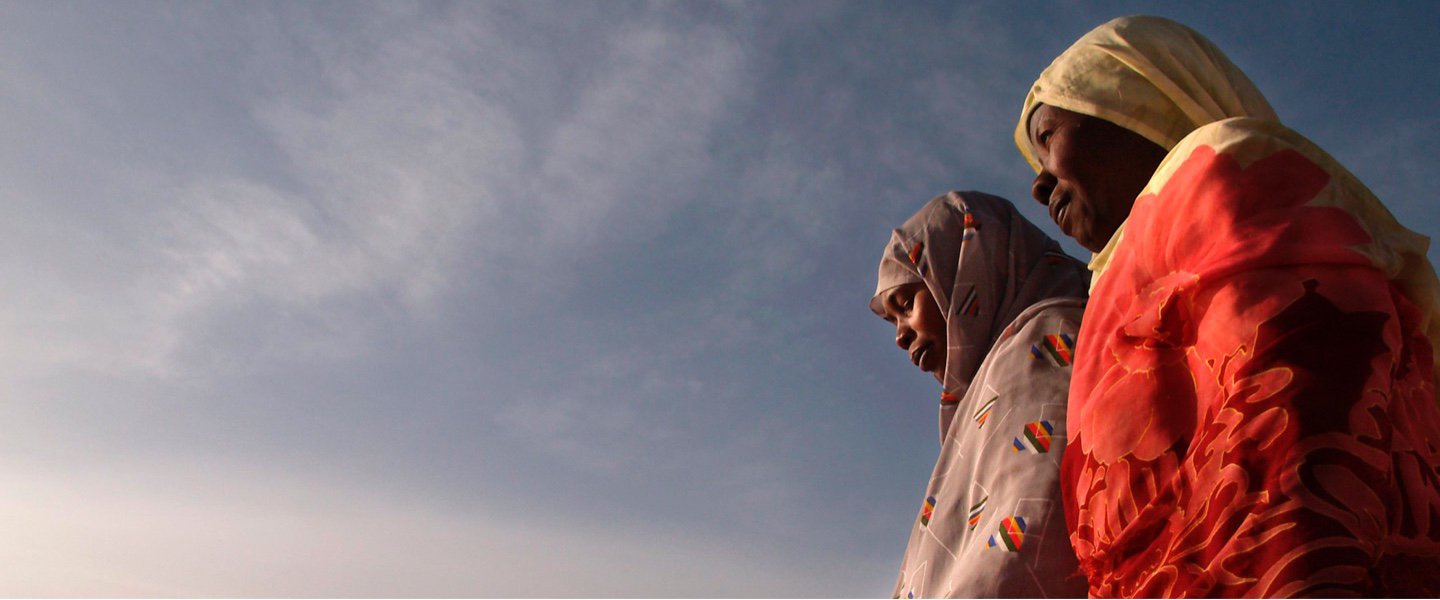- In The Gambia, we helped the country move from having three hours of electricity per day in 2017 to securing continuous power supply in 2020 and we laid the foundations for reforms for achieving universal access by 2025 with a cleaner and more affordable energy mix.
- In Kenya, over the last decade, we have been helping implement a $1.3 billion program aimed at improving the reliability and affordability of energy access employing a comprehensive approach that includes investing in generation, transmission, and distribution, while increasing the affordability of grid connections and investing in mini grid and off-grid solutions for remote areas. As a result, our work has contributed to helping Kenya more than triple electricity access rates from 23% in 2009 to an estimated 75% in 2019. We are now supporting the government in its effort to reach the remaining unelectrified population.
- In Bangladesh, the World Bank supports the largest off-grid program in the world, through 1.2 million solar home systems, 867 solar irrigation pumps, 20 solar-based mini grids and 1.4 million efficient cookstoves. More than 6.8 million people in rural areas now have reliable access to solar-powered electricity through this program, which has created 70,000 jobs.
- In Rwanda, our policy development work is expected to help the country reach near-universal electricity access by 2024, up from just 6% in 2009; promote energy efficiency; and increase the share of solar and hydro power in the country’s energy mix, ultimately helping it reach its Paris Climate Agreement goals.
- In Ethiopia, the National Electrification Plan puts the focus squarely on “last-mile service delivery” for households, schools and local health centers, with an emphasis on reliable and affordable access for all. The World Bank is currently supporting the National Plan through a $375 million IDA credit. The project aims to help bring electricity to one million households, and pilot new approaches for off-grid electrification. In March 2019, Ethiopia launched an updated version of the Plan (NEP 2.0), which includes a detailed framework for the integration of off-grid technologies with grid connectivity to achieve universal access by 2025.
- In Nigeria, a $350 million World Bank electrification project will help bring power to 500,000 households, 70,000 small businesses, 37 universities, and 12 teaching hospitals. Mini grids will be the primary channel to deliver electricity in rural areas. The World Bank worked with Nigeria’s Rural Electrification Agency to use the latest geospatial mapping technology to map more than 250 sites for mini grid development.
- In Haiti, the World Bank is enabling private sector investments by helping to build a more business-friendly policy and regulatory environment. The $16 million “Modern Energy Services for All” project is expected to leverage at least $48m from the private sector.
Key Achievements
Results

INDICATORS
Electric power consumption (kWh per capita)
RESULTS AT-A-GLANCE
Projects

News Updates
Related Documents
tabOn selection, change the data
Key Achievements
Key Achievements
- In The Gambia, we helped the country move from having three hours of electricity per day in 2017 to securing continuous power supply in 2020 and we laid the foundations for reforms for achieving universal access by 2025 with a cleaner and more affordable energy mix.
- In Kenya, over the last decade, we have been helping implement a $1.3 billion program aimed at improving the reliability and affordability of energy access employing a comprehensive approach that includes investing in generation, transmission, and distribution, while increasing the affordability of grid connections and investing in mini grid and off-grid solutions for remote areas. As a result, our work has contributed to helping Kenya more than triple electricity access rates from 23% in 2009 to an estimated 75% in 2019. We are now supporting the government in its effort to reach the remaining unelectrified population.
- In Bangladesh, the World Bank supports the largest off-grid program in the world, through 1.2 million solar home systems, 867 solar irrigation pumps, 20 solar-based mini grids and 1.4 million efficient cookstoves. More than 6.8 million people in rural areas now have reliable access to solar-powered electricity through this program, which has created 70,000 jobs.
- In Rwanda, our policy development work is expected to help the country reach near-universal electricity access by 2024, up from just 6% in 2009; promote energy efficiency; and increase the share of solar and hydro power in the country’s energy mix, ultimately helping it reach its Paris Climate Agreement goals.
- In Ethiopia, the National Electrification Plan puts the focus squarely on “last-mile service delivery” for households, schools and local health centers, with an emphasis on reliable and affordable access for all. The World Bank is currently supporting the National Plan through a $375 million IDA credit. The project aims to help bring electricity to one million households, and pilot new approaches for off-grid electrification. In March 2019, Ethiopia launched an updated version of the Plan (NEP 2.0), which includes a detailed framework for the integration of off-grid technologies with grid connectivity to achieve universal access by 2025.
- In Nigeria, a $350 million World Bank electrification project will help bring power to 500,000 households, 70,000 small businesses, 37 universities, and 12 teaching hospitals. Mini grids will be the primary channel to deliver electricity in rural areas. The World Bank worked with Nigeria’s Rural Electrification Agency to use the latest geospatial mapping technology to map more than 250 sites for mini grid development.
- In Haiti, the World Bank is enabling private sector investments by helping to build a more business-friendly policy and regulatory environment. The $16 million “Modern Energy Services for All” project is expected to leverage at least $48m from the private sector.


